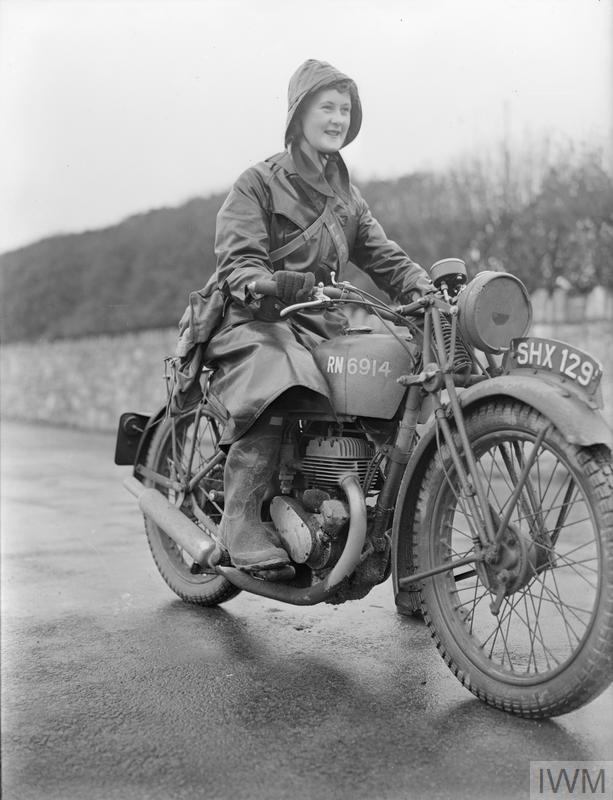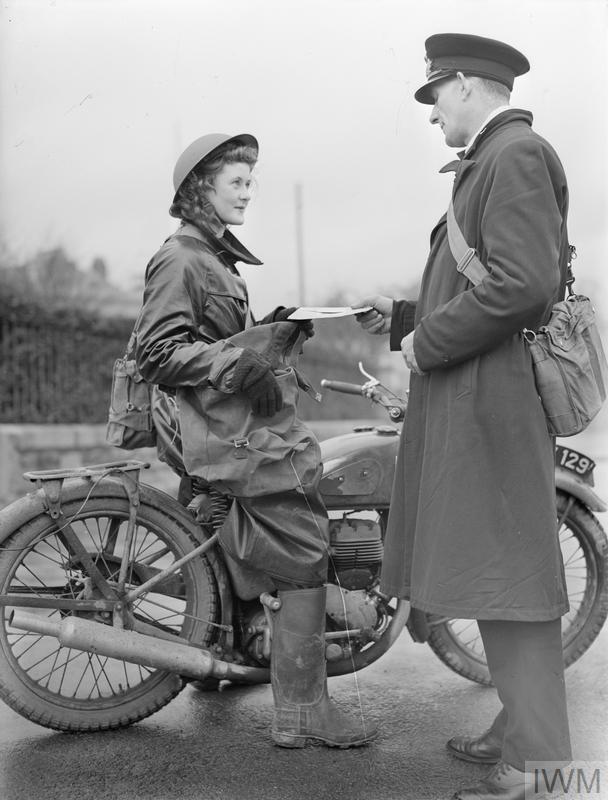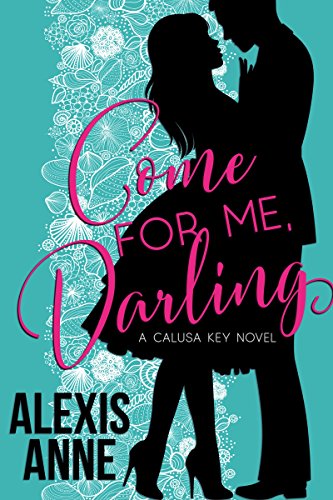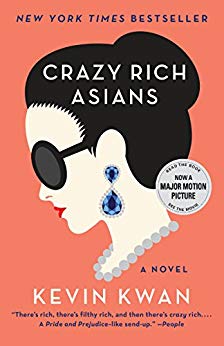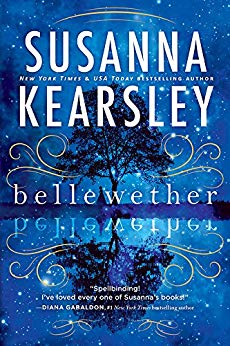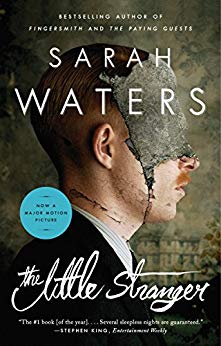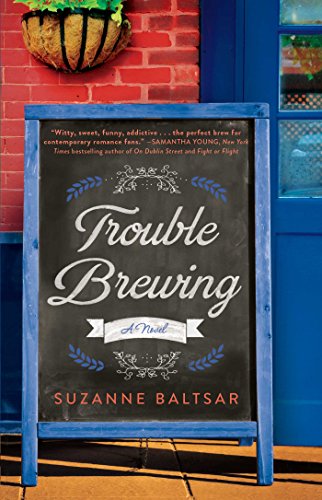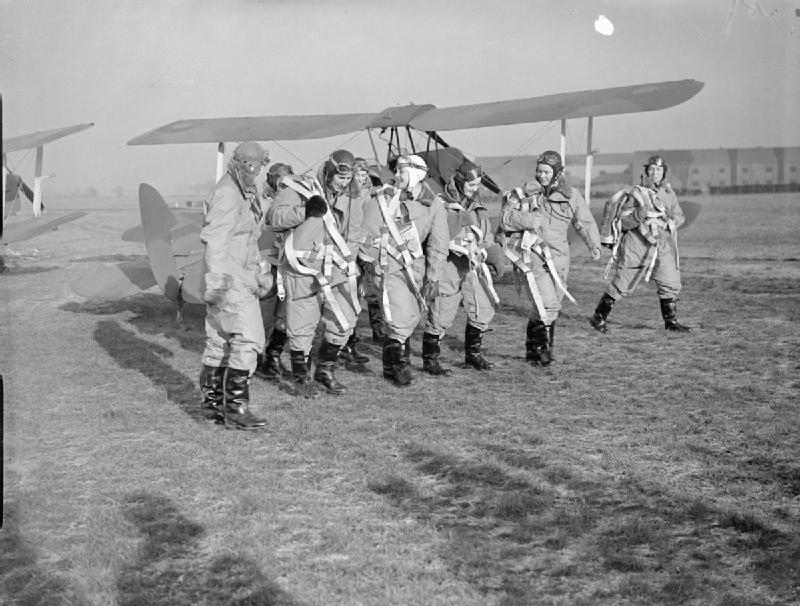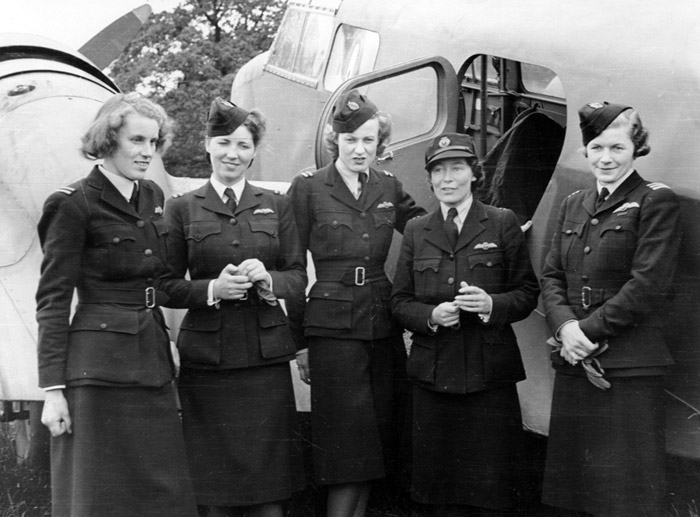It’s hardly surprising then that Harat Inayat Khan’s daughter would grow up to become a pacifist herself. However, in 1939, as Germany began to invade its neighbors, she decided that she needed to act. After enrolling to train as a Red Cross nurse in France but narrowly escaping the German invasion on one of the last boats to evacuate British citizen, Khan enlisted in the Women’s Auxiliary Air Force (WAAFs). She was not British, and neither did she accept Britain’s policies wholesale; she told her recruitment officers that when the war ended she would campaign for Indian independence. However, she was accepted and selected to train as a wireless operator. Then, in October 1942, she was recruited by the Special Operations Executive (SOE), likely for her radio skills and her fluency in English, French, Spanish, and German.
While Khan excelled at all aspects of radio operation, there were concerns about how well she would hold up in the field. Her superiors believed she was too artless to be an agent, and she frightened easily. One of her officers recalled her reaction when she was put through the paces in a mock interrogation:
She was so overwhelmed, nearly lost her voice. As it went on she became practically inaudible. Sometimes there was only a whisper. When she came out afterwards, she was trembling and quite blanched.
However, despite some reservations about her suitability, the 29-year-old Khan was parachuted to Occupied Paris where wireless operators were desperately needed in 1943. She was given the code name Madeline and became the first female wireless operator stationed in France.
She initially made contact with PROSPER, a network bringing in arms from Britain for the French Resistance. However, shortly after she arrived, a double agent betrayed PROSPER and almost all of the high-level members of the network were arrested. The SOE ordered Khan to return to Britain, but she refused, going rogue and continuing to broadcast. Soon she was the only active wireless operator in the area surrounding Paris.
Life on the run meant zipping around on a bicycle, hanging her conspicuous aerial wherever it might be reasonably hidden, transmitting her information, and quickly breaking her radio down before the Germans could track her signal and find her. Her broadcasts mostly concerned drops of arms and money, as well as the status of the resistance networks. She is also believed to have been “instrumental in facilitating the escape of 30 Allied airmen shot down in FRANCE,” according to a posthumous commendation.
Khan’s bravery was unquestionable. Wireless radios were large and bulky, and not discreet even when broken down into their parts. One story goes that she was riding the Metro in Paris when she was stopped by two German officers who wanted a look at her case. She told them that her radio was a film projector, and even opened it up to let them see. Incredibly, they didn’t recognize the radio in front of them or the woman named Madeline whom the Germans were so eager to find.
Ultimately, Khan was betrayed by another woman who sold Khan’s address to the Germans in October of 1943. When Khan got back to her apartment, the Gestapo was waiting for her. Not only did they find her transmitter, but they also found a school copybook in which she’d meticulously recorded all of her transmissions and security checks. This was directly against SOE orders, although there is some dispute about whether she misunderstood the SOE instruction, “Be very careful in the filing of your messages” to mean recording them down rather than transmitting, or “filing” them.
Either way, the German’s arrested Khan and interrogated her. They would go on to use her notebook to transmit messages as her until early 1944 when the SOE realized that something was amiss. Khan tried multiple times to escape from her prison in Paris but each time was captured and returned to her cell. Eventually she was taken to Pforzheim, a German prison, where she was badly mistreated and spent most of her days heavily shackled.
On September 11, 1944, she and three other female prisoners were sent to Dauchau. Two days later, Khan and the other women were executed. Her last reported word was, “Liberte.”
No one knew what happened to the operative known as Madeline until after the war when Vera Atkins, a woman who had worked with Khan in the SOE, went searching for the agents who had gone missing in the war. Atkins realized that Khan had been mistakenly identified as a woman who had actually been killed at Natzweiler. Atkins was able to learn the truth of Khan’s death and inform the War Office which, in turn, told her family.
Khan was posthumously honored with an MBE, the British George Cross, and the French Croix de Guerre with gold star. Although her months operating in France were short, the information she was able to broadcast was considered invaluable during a time of extreme danger. Her incredible bravery and dedication to the cause is as remarkable as her death was tragic.
Today she is remembered with a memorial bust of Khan—the first dedicated to an Asian woman—stands in Gordon Square in the Bloomsbury neighborhood of in London, as well as a number of plaques and other commemoration across Britain.
Read every story of the The Lightseekers in the series archive. You can also learn more about their stories by following the hashtag #TheLightseekers on Instagram, Facebook, Twitter, and Pinterest.













